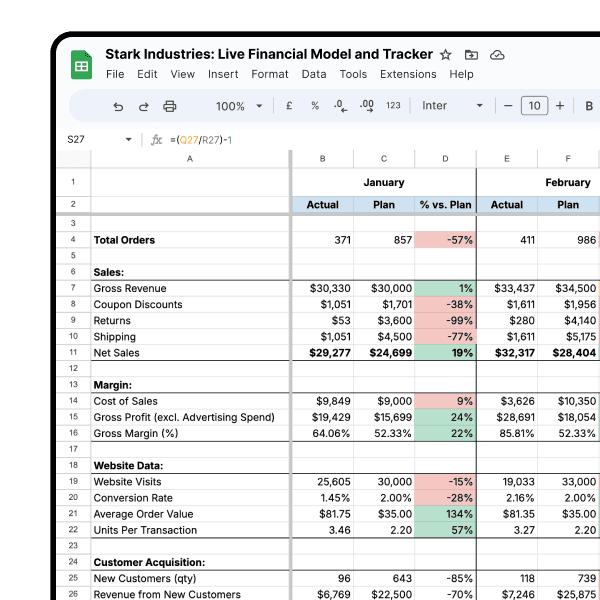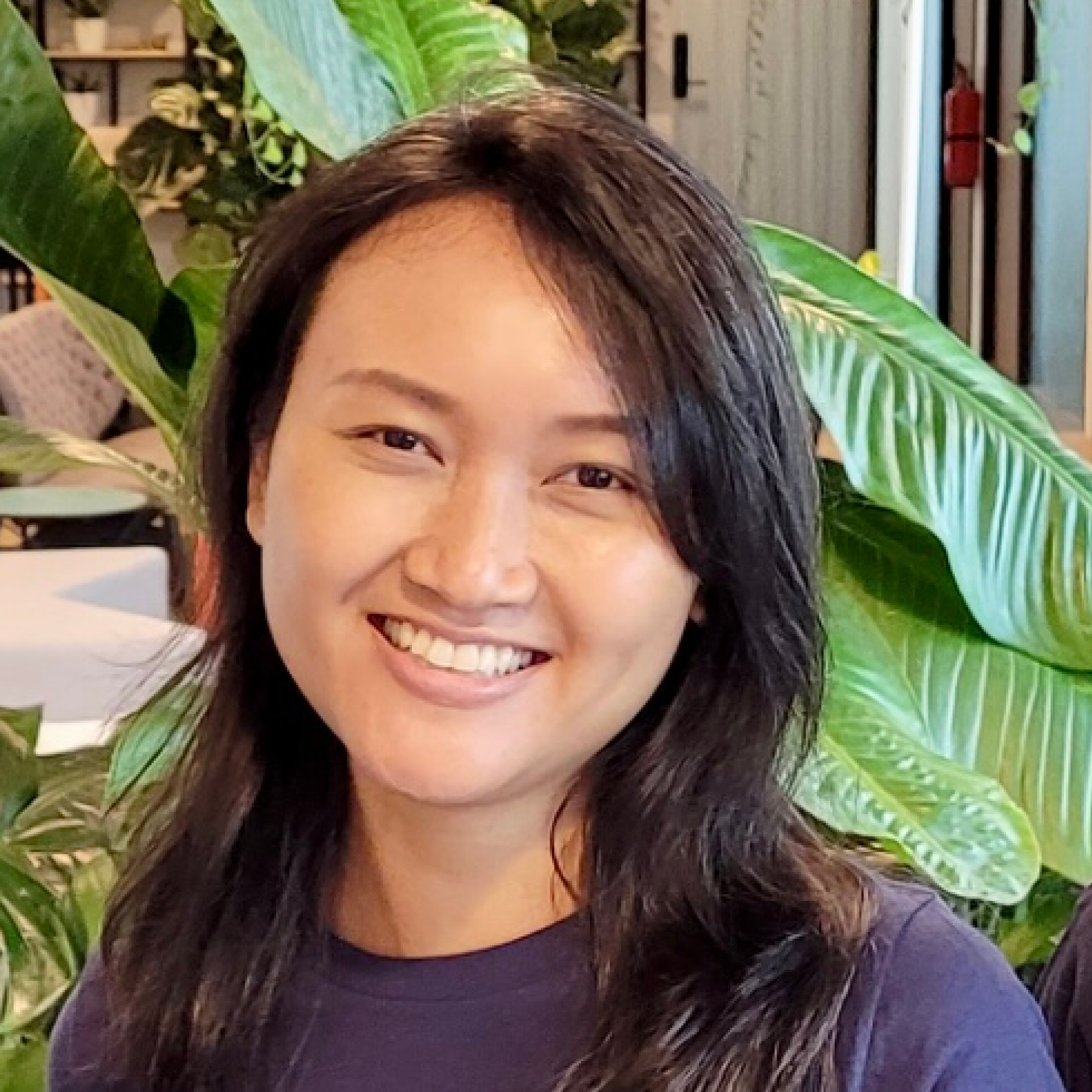Best Practices
Mar 11, 2022
TLDR
Alo Yoga's marketing success is built on smart strategies. They bid on their own brand keywords to maximize the impact of co-branded campaigns, list products on marketplaces like Amazon, and use affiliate programs at scale. With celebrity endorsements and shoppable links, they reach their target audience effectively.
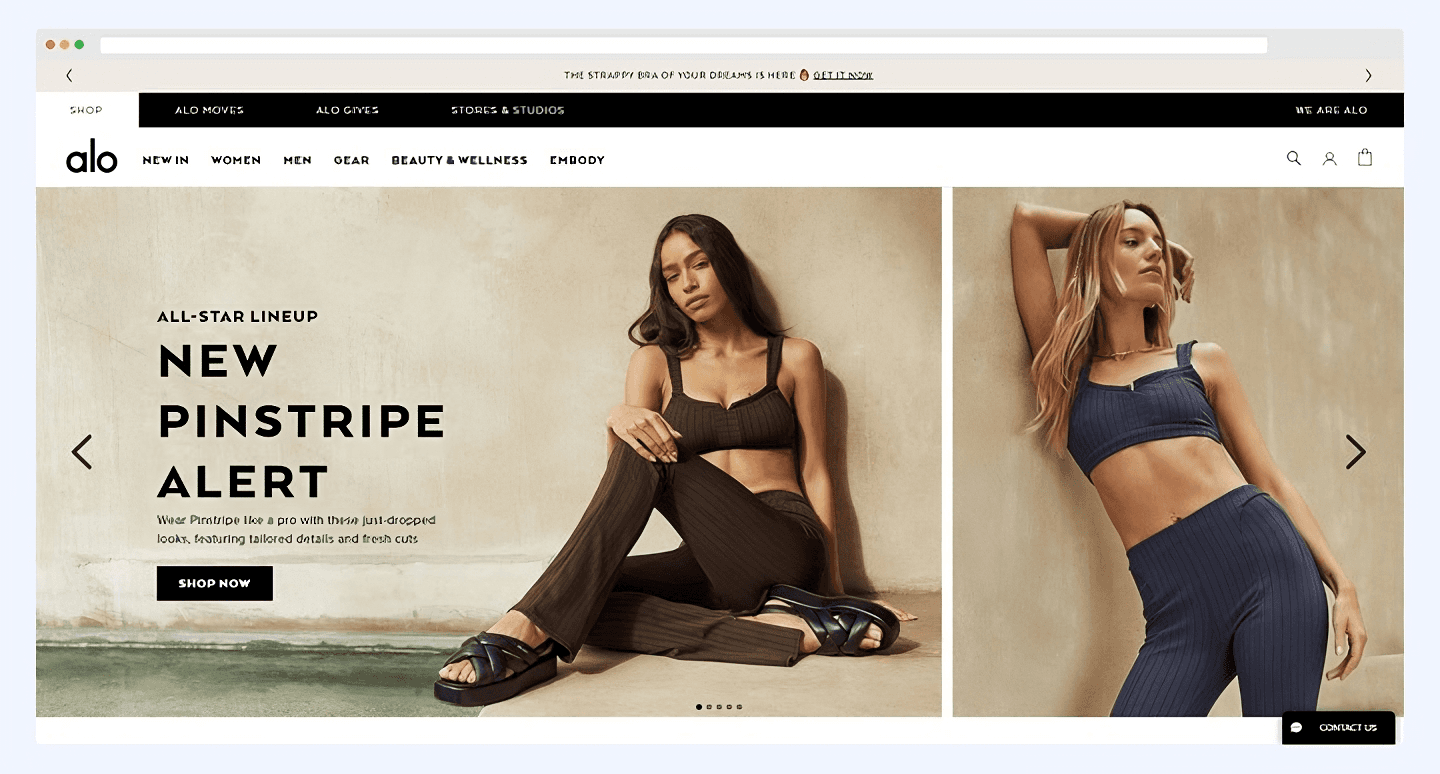
Alo Yoga started in 2007 with yoga apparels, invested further into fitness in 2017 with Alo Moves (a website for yoga classes), and in 2021 ventured into fashion by sponsoring the New York Fashion Week. They have some of the biggest influencers (Kendall Jenner, Gigi Hadid, Taylor Swift) sporting their athleisure wear. They make an annual revenue of about $200 million. And the company is fully owned by co-CEOs and longtime friends, Danny Harris & Marco Degeorge.
What are some learning points from the company’s success? The brand constantly stays front and center for their audiences, through bidding on their own brand keywords, listing their products on multiple marketplaces, and partnering with affiliate marketing networks. We do a deep dive into Alo Yoga’s marketing tactics, and offer some key takeaways.
Maximize impact of co-branded campaigns by bidding on brand keywords.
Typically brand keywords cost less than generic keywords that everyone else is bidding on. Alo runs co-branded campaigns with partners and complements that with paid campaigns using brand keywords.
According to Similarweb, 67% of their organic search keywords are branded. Curiously though, their paid search terms are also branded - all of the top 5 are related to Alo, with one keyword for Lululemon, their competitor.

What keywords do their ads display for? Examples are “100 baumwolle yoga leggings ch”, “Alo Sanctuary” and “Alo Vapor leggings” - two of which are branded keywords.

This begs the question: Why would a company bid on their own brand keywords? Likely because they do a lot of co-branded partnerships, and bidding on their own keywords allows them to show up top for potential customers searching for these partnerships.
The keyword “Alo Sanctuary” reveals this finding. Search results on Google show Alo Yoga’s website on the top, then a series of videos about Alo Sanctuary, which is a map on the online game Roblox. The Roblox experience was created to mirror the experience at the New York Fashion Week 2022, bringing access to the experience to a larger community. Paying for branded keywords is therefore how Alo Yoga stays on the top of search results of their co-branded partner initiatives.
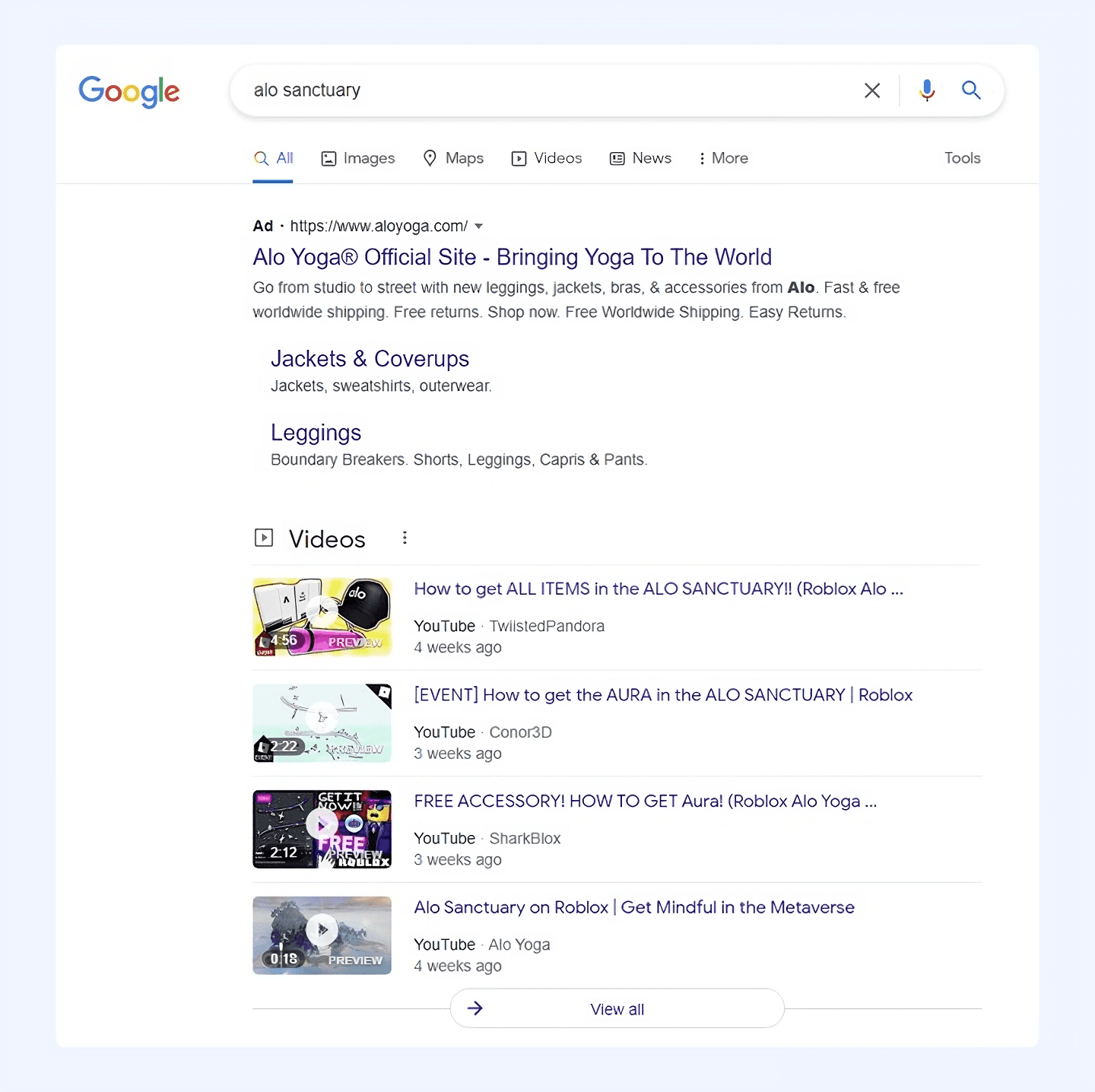
Paying for branded keywords is how Alo Yoga stays on the top of search results of their co-branded partner initiatives.
The other two keywords are more straightforward. We will speak about “Alo Vapor leggings” in the next section. As for “100 baumwolle yoga leggings ch”, it is clearly a competitor keyword, bidding against a Swiss yoga leggings company. This gives Alo Yoga visibility in a different market (73.3% of their traffic currently comes from the United States). The screenshot below, from Similarweb, shows the position of ads that show up for this keyword.
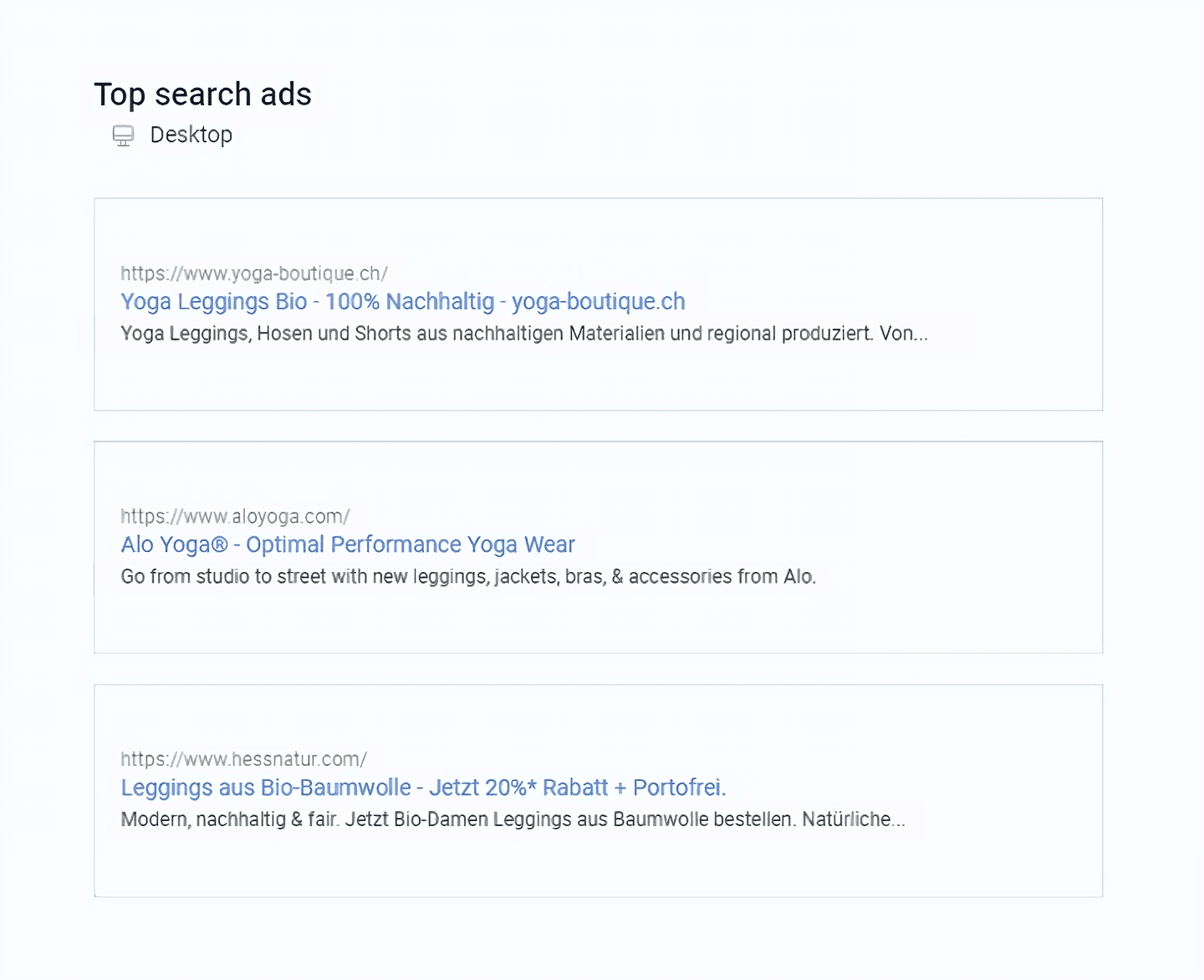
Alo Yoga’s decision to lean into paid keywords is supported by the website’s traffic sources. Most of their traffic comes from search (54.7%). (Source: Similarweb)

Diving deeper into the data, we discover that search traffic is split almost equally between organic (26.9%) and paid (27.8%) search.

By making paid search a key part of their marketing strategy, Alo Yoga is able to capture over half of their current search traffic - that’s traffic that they might have lost to other sites if they had not put themselves front and center for their audiences. Furthermore, they would be able to keep their Google Ads costs lower overall: bidding on their own brand keywords likely costs them less than more generic keywords like “yoga pants” or “yoga leggings”.
List on marketplaces with wider reach to make more people aware of your products.
Alo Yoga products are not exclusive to their website; they also have an Amazon store, and work with other retailers such as Nordstrom Rack, Zappos and MyTheresa to distribute their wares. Their move to reach shoppers on larger e-commerce marketplaces like Amazon and Revolve helps bring awareness of the brand to shoppers who don’t already know of them.
Shoppers who purchase their products from these other retailers and wish to make a repeat purchase are likely to search for the brand again. In this case, Alo Yoga is prepared - by bidding on their own branded keywords, they are able to stay on top of their distributors and stockists in Google Search results.
A Google search for the keyword ‘Alo Vapor leggings’ shows Alo Yoga’s website up top, with competitor marketplace Revolve in the second ad spot. And after the first organic ranked spot held by the brand’s own website, we see their competitors - all carrying the same product.

That said, with competitors selling the exact same product at lower prices, we wonder if Alo Yoga is cannibalizing its own market share in the short term with specific bestselling products in a bid to increase their reach at the top of their marketing funnel.
Improve your DTC game. Sign up for weekly tips.
Engage partners with existing affiliate networks to create affiliate programs at scale.
As Alo Yoga is endorsed by so many celebrities, individuals would naturally want to be part of that hype and represent the brand. Alo Yoga not only runs their own affiliate program, but also works with several affiliate platforms with their own networks of potential influencers and ambassadors. By leveraging on these platforms’ networks, Alo Yoga is able to create affiliate programs at scale.
In addition to leveraging affiliate programs and partnerships, Alo Yoga strategically enhances its market presence and boosts sales by offering attractive coupons and discounts. These promotional tactics not only draw in deal-seeking customers but also incentivize affiliate partners and influencers to promote Alo Yoga’s products more vigorously.
A search for ‘Alo Yoga affiliate programme’ yields 740,000 results, with numerous options already available on the front page.

We can see the success of these affiliate programs through the site traffic data. In February, the vast majority of Alo Yoga’s display ads traffic (59.3%) came from affiliate marketing platform Pepperjam alone, with 18.9% of ads coming from another affiliate network, Skimlinks.
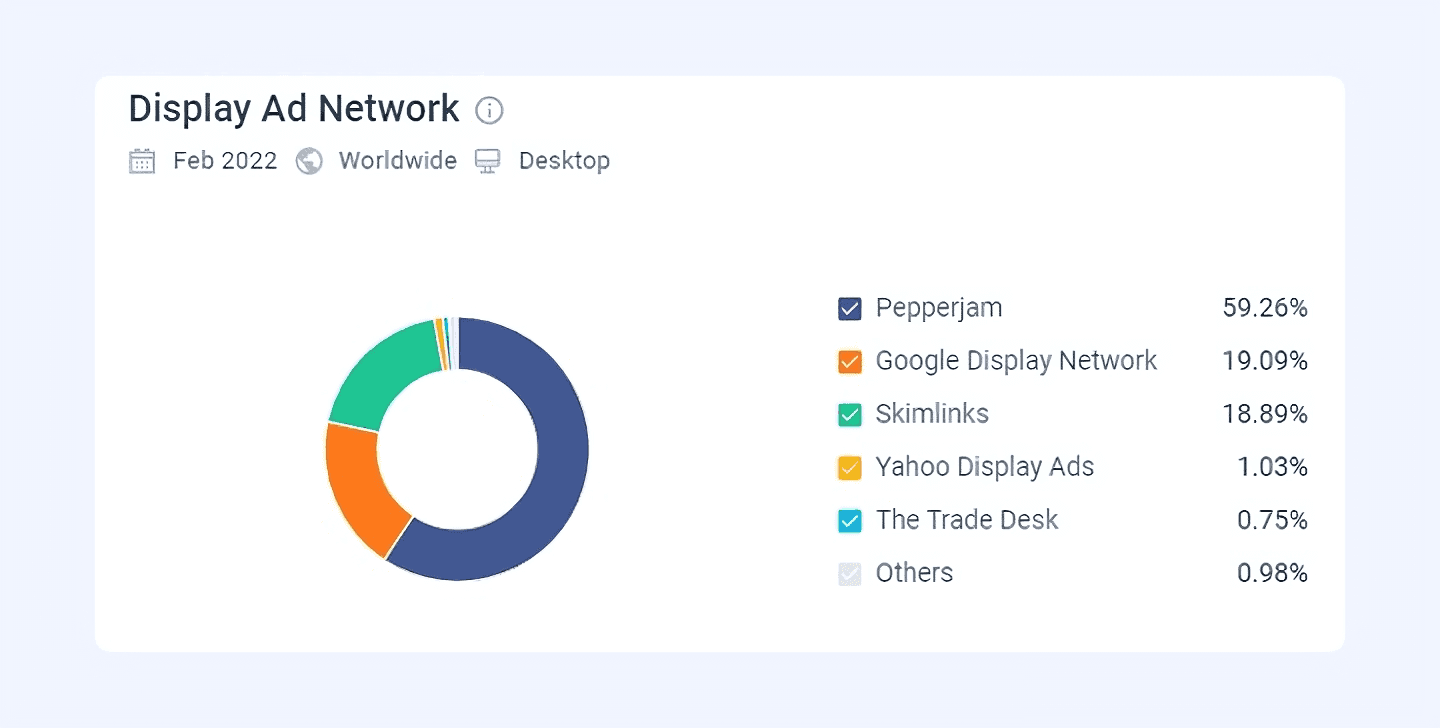
Two other influencer marketing networks show up in Alo Yoga’s top publishers referring traffic to the website: rewardStyle (18.9%) and Magiclinks (6.0%). YouTube brings in 6.3% of traffic to the site, and online fashion magazine Vogue (which posted a shoppable editorial piece on Alo Yoga products) singlehandedly brought in 11.7% of website traffic in February.
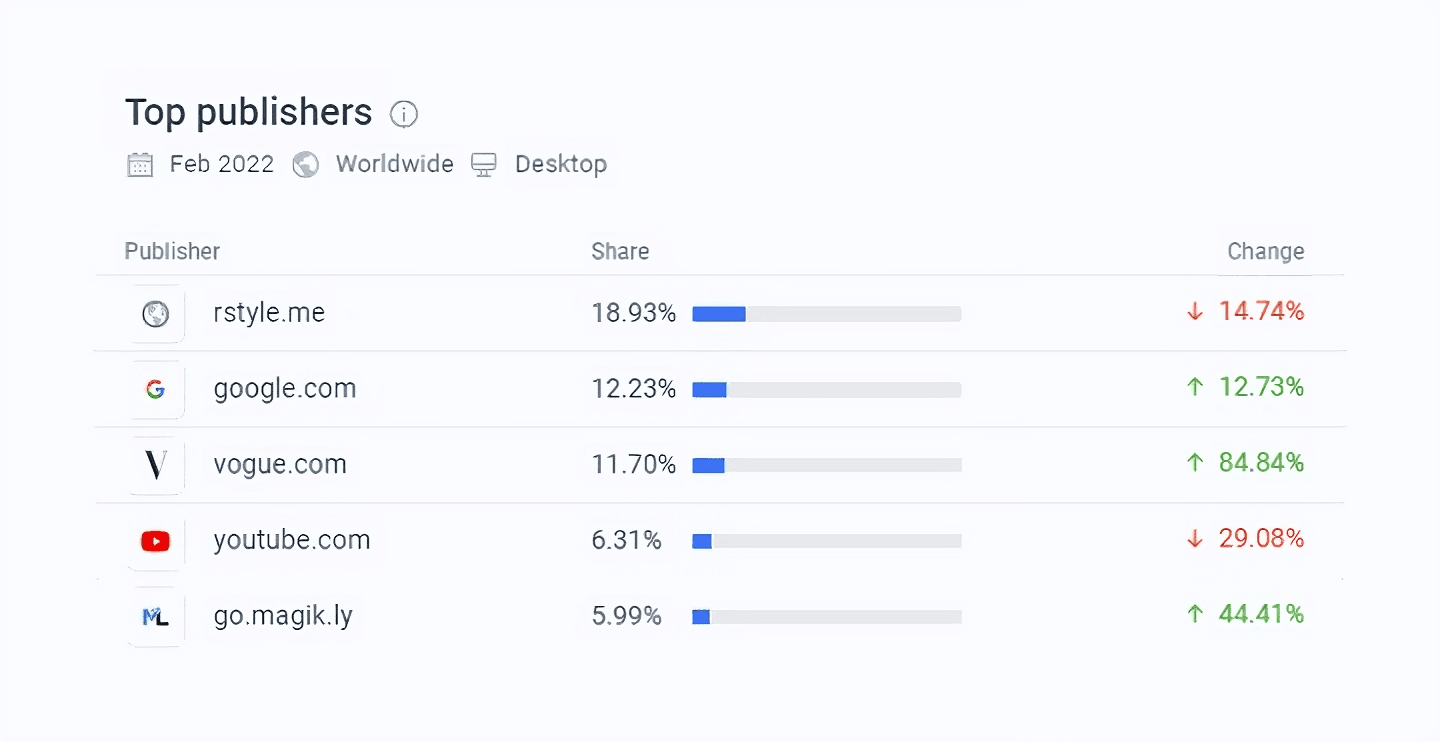
In conclusion, by balancing partnerships with paid advertising strategies, Alo Yoga makes sure that no matter where their target audience is, they will get in front of them - with oh-so-easily shoppable links.
If you are looking to automate the generation of insights from your store data and receive actionable insights that you can use to drive revenue, try out Airboxr for your Shopify store.
